Omer Faruk Tuna
Unreasonable Effectiveness of Last Hidden Layer Activations
Feb 15, 2022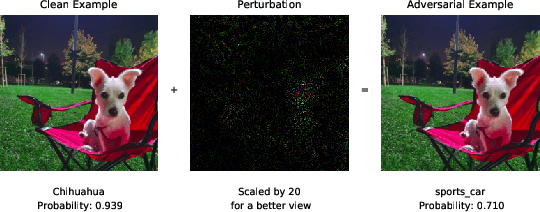
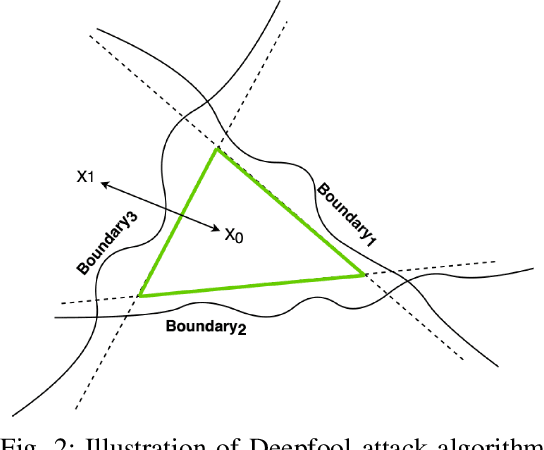
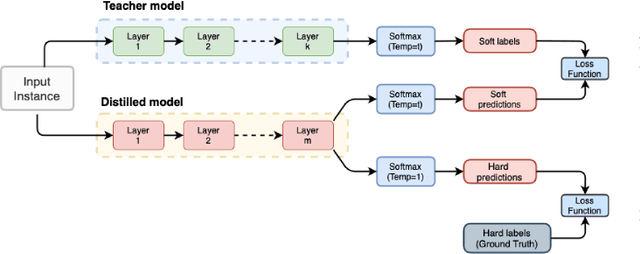
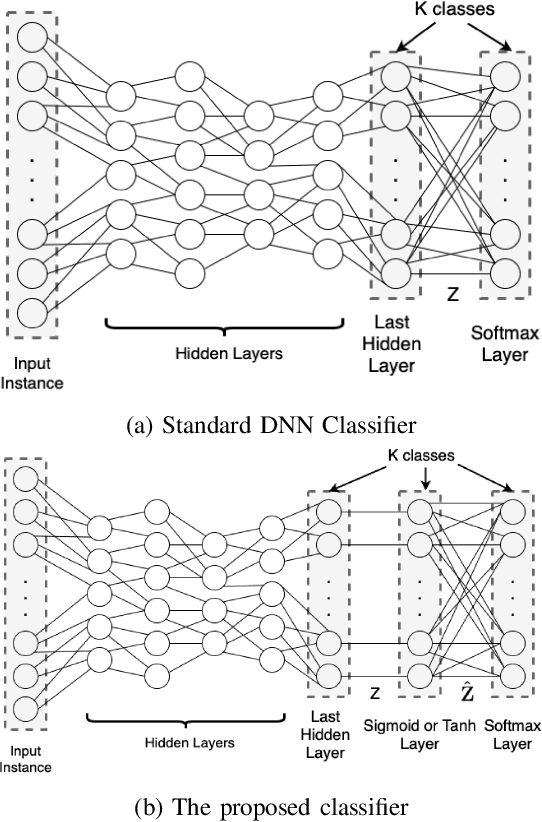
Abstract:In standard Deep Neural Network (DNN) based classifiers, the general convention is to omit the activation function in the last (output) layer and directly apply the softmax function on the logits to get the probability scores of each class. In this type of architectures, the loss value of the classifier against any output class is directly proportional to the difference between the final probability score and the label value of the associated class. Standard White-box adversarial evasion attacks, whether targeted or untargeted, mainly try to exploit the gradient of the model loss function to craft adversarial samples and fool the model. In this study, we show both mathematically and experimentally that using some widely known activation functions in the output layer of the model with high temperature values has the effect of zeroing out the gradients for both targeted and untargeted attack cases, preventing attackers from exploiting the model's loss function to craft adversarial samples. We've experimentally verified the efficacy of our approach on MNIST (Digit), CIFAR10 datasets. Detailed experiments confirmed that our approach substantially improves robustness against gradient-based targeted and untargeted attack threats. And, we showed that the increased non-linearity at the output layer has some additional benefits against some other attack methods like Deepfool attack.
Exploiting epistemic uncertainty of the deep learning models to generate adversarial samples
Feb 13, 2021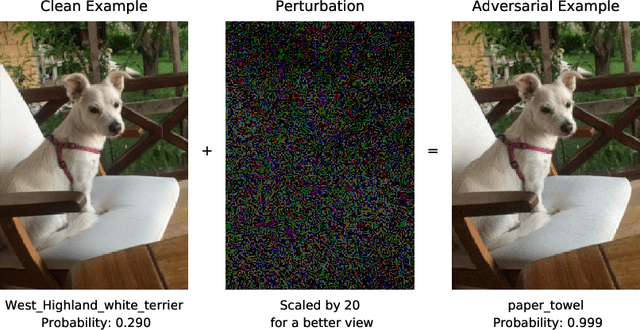
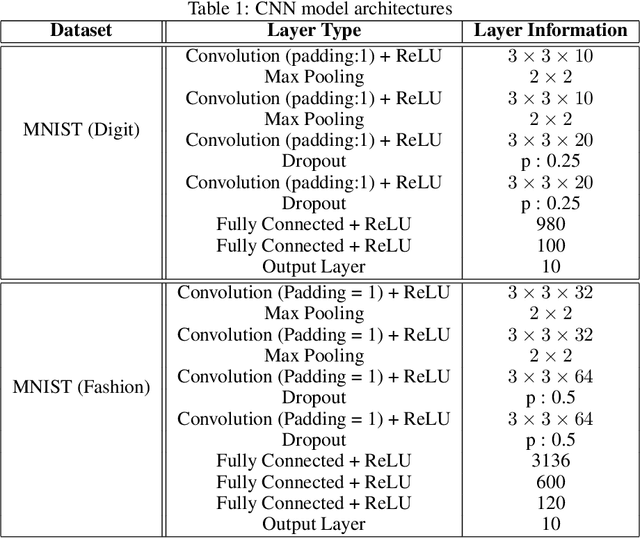
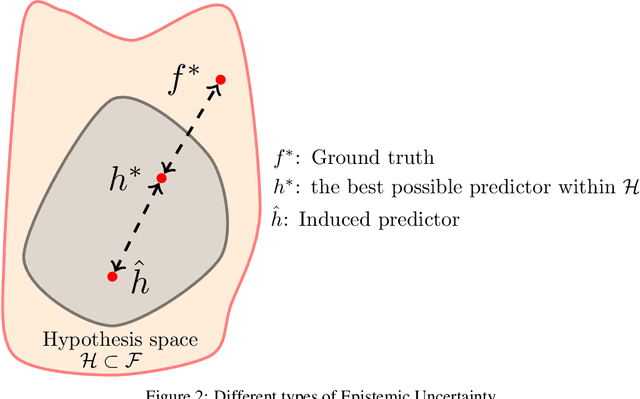

Abstract:Deep neural network architectures are considered to be robust to random perturbations. Nevertheless, it was shown that they could be severely vulnerable to slight but carefully crafted perturbations of the input, termed as adversarial samples. In recent years, numerous studies have been conducted in this new area called "Adversarial Machine Learning" to devise new adversarial attacks and to defend against these attacks with more robust DNN architectures. However, almost all the research work so far has been concentrated on utilising model loss function to craft adversarial examples or create robust models. This study explores the usage of quantified epistemic uncertainty obtained from Monte-Carlo Dropout Sampling for adversarial attack purposes by which we perturb the input to the areas where the model has not seen before. We proposed new attack ideas based on the epistemic uncertainty of the model. Our results show that our proposed hybrid attack approach increases the attack success rates from 82.59% to 85.40%, 82.86% to 89.92% and 88.06% to 90.03% on MNIST Digit, MNIST Fashion and CIFAR-10 datasets, respectively.
Closeness and Uncertainty Aware Adversarial Examples Detection in Adversarial Machine Learning
Dec 11, 2020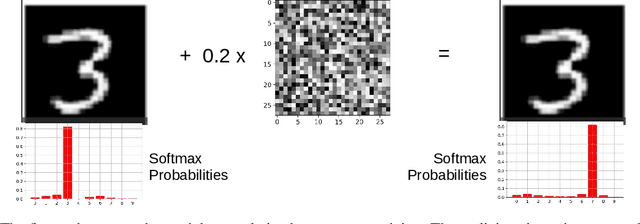
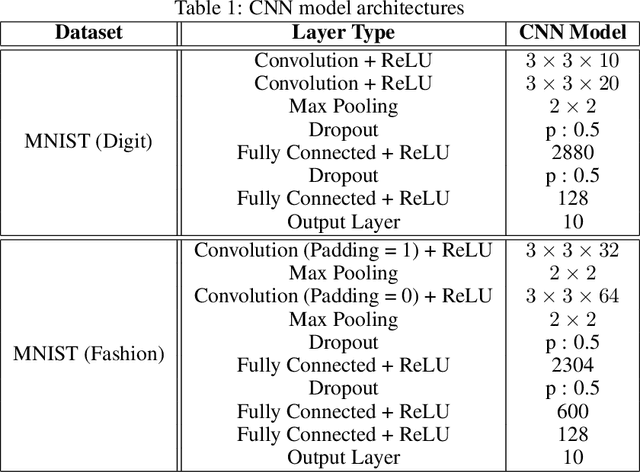
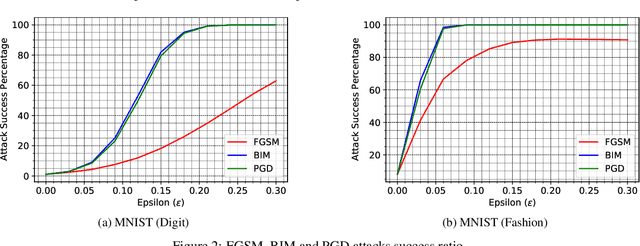
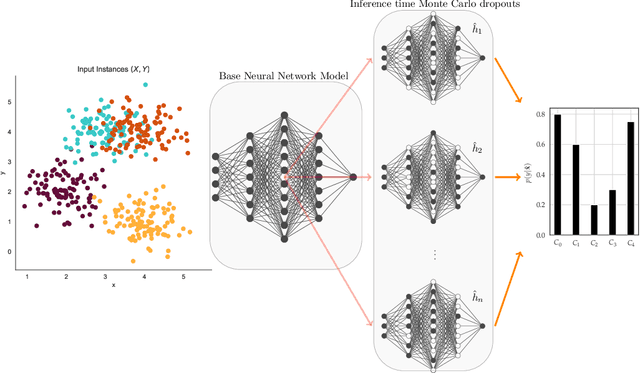
Abstract:Deep neural network (DNN) architectures are considered to be robust to random perturbations. Nevertheless, it was shown that they could be severely vulnerable to slight but carefully crafted perturbations of the input, which are termed as adversarial samples. In recent years, numerous studies have been conducted to increase the reliability of DNN models by distinguishing adversarial samples from regular inputs. In this work, we explore and assess the usage of 2 different groups of metrics in detecting adversarial samples: the ones which are based on the uncertainty estimation using Monte-Carlo Dropout Sampling and the ones which are based on closeness measures in the subspace of deep features extracted by the model. We also introduce a new feature for adversarial detection, and we show that the performances of all these metrics heavily depend on the strength of the attack being used.
 Add to Chrome
Add to Chrome Add to Firefox
Add to Firefox Add to Edge
Add to Edge